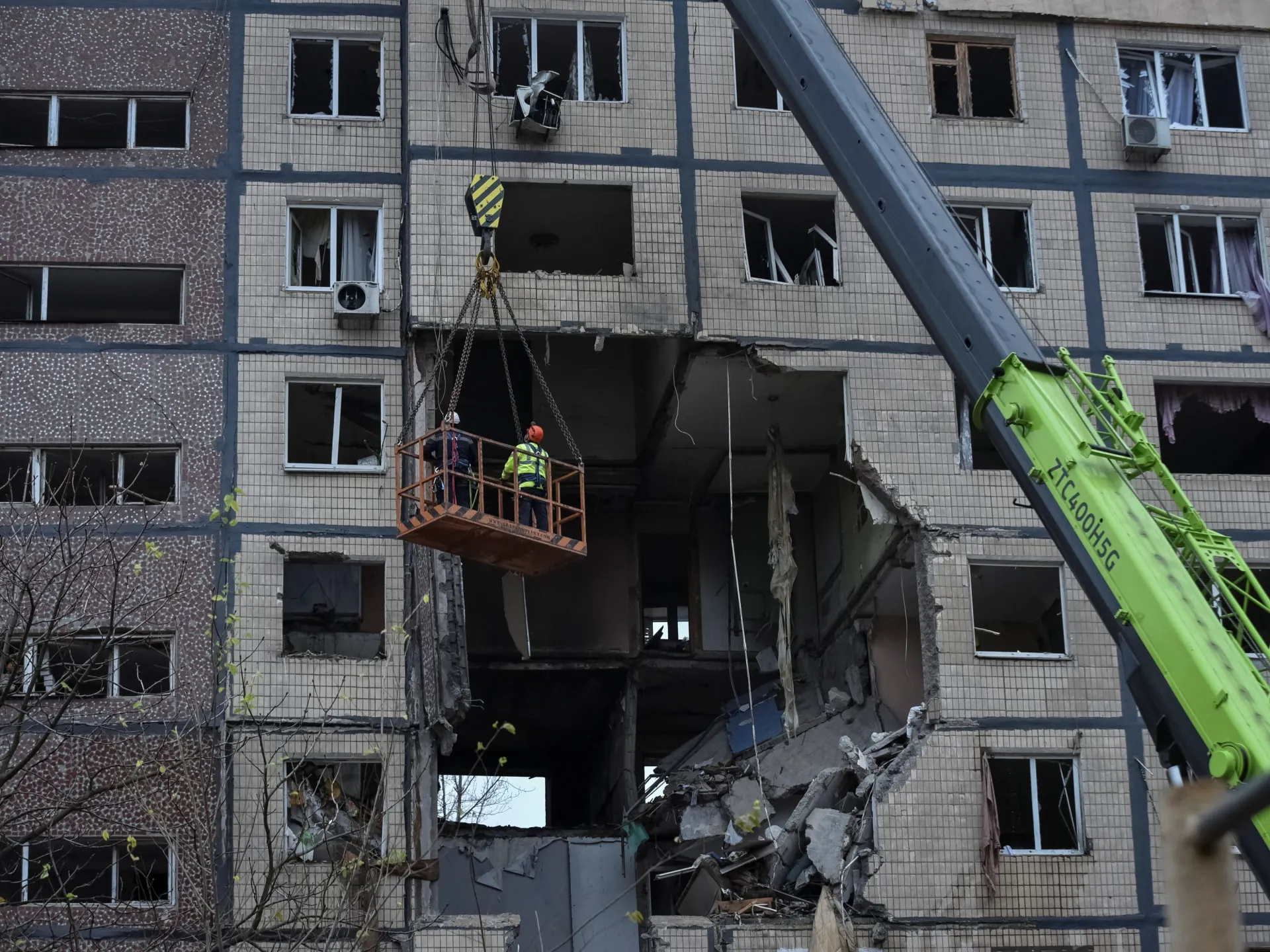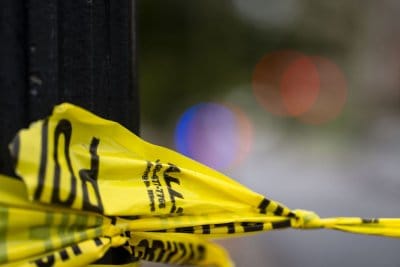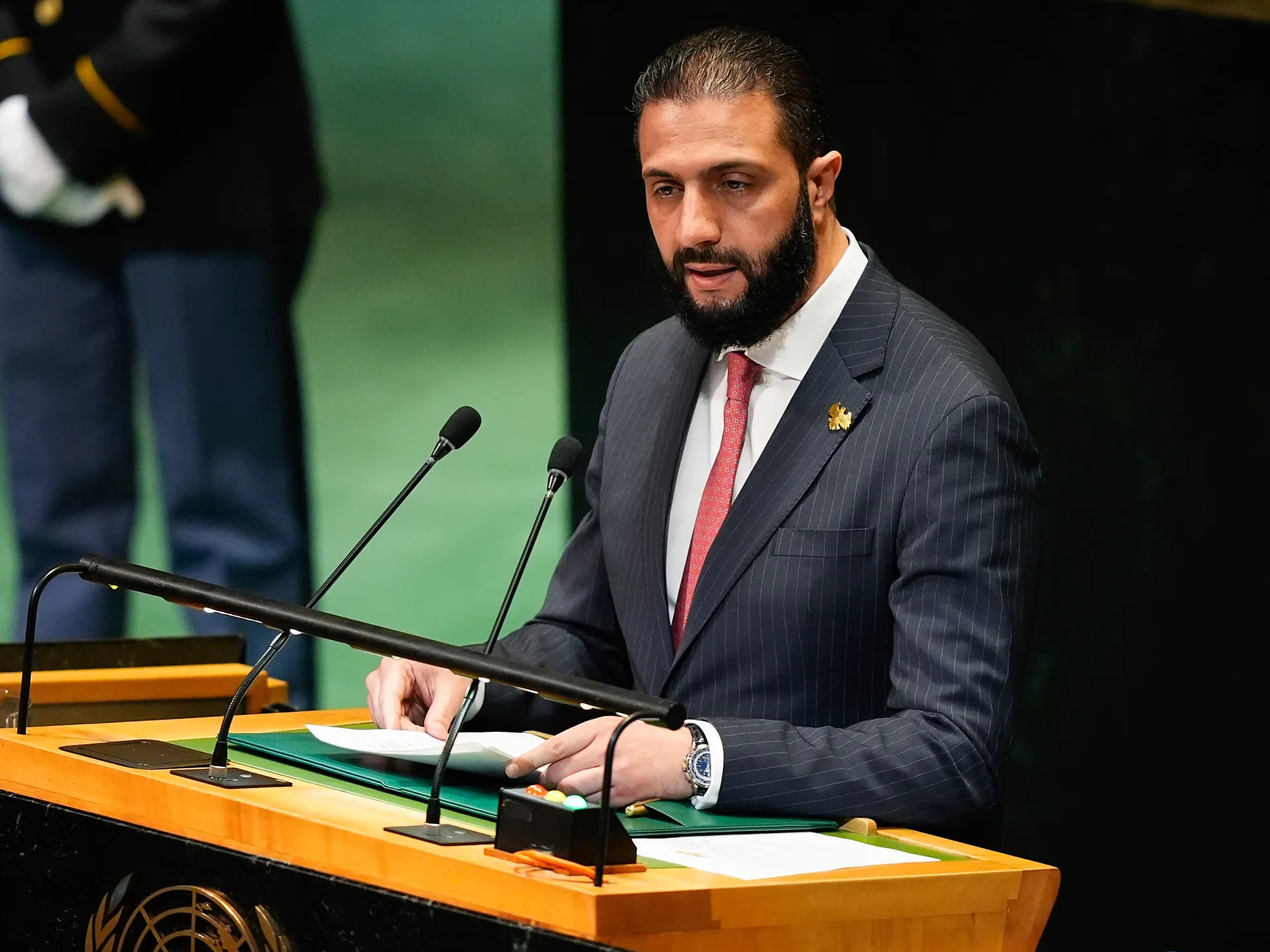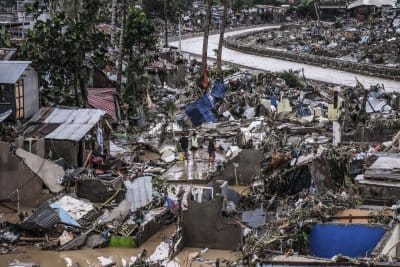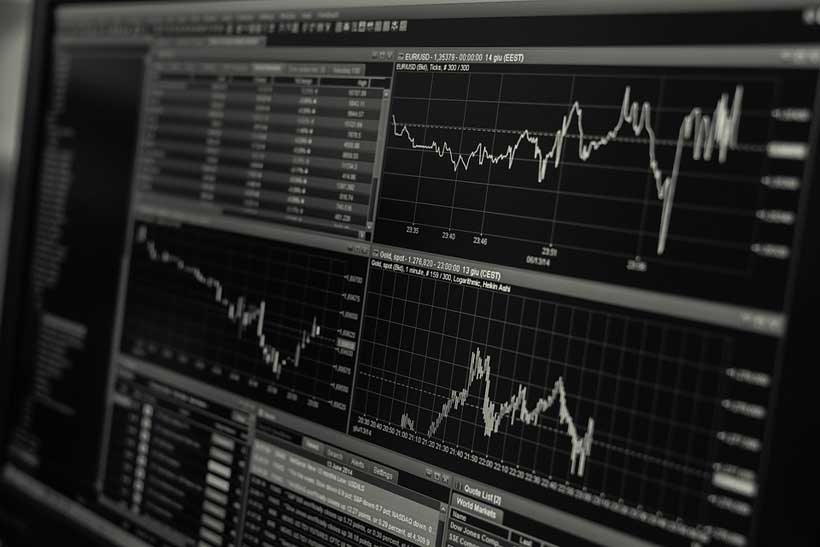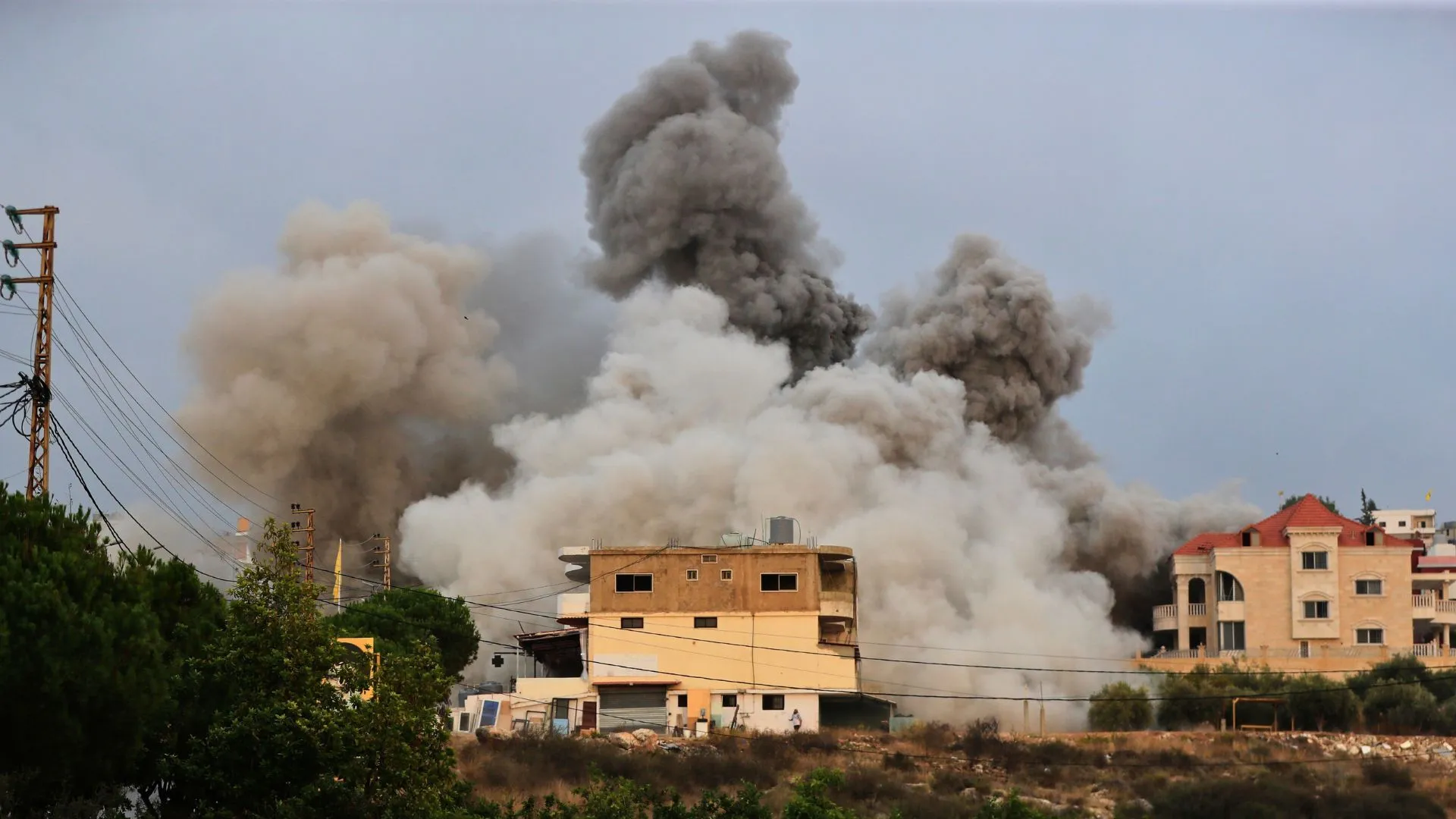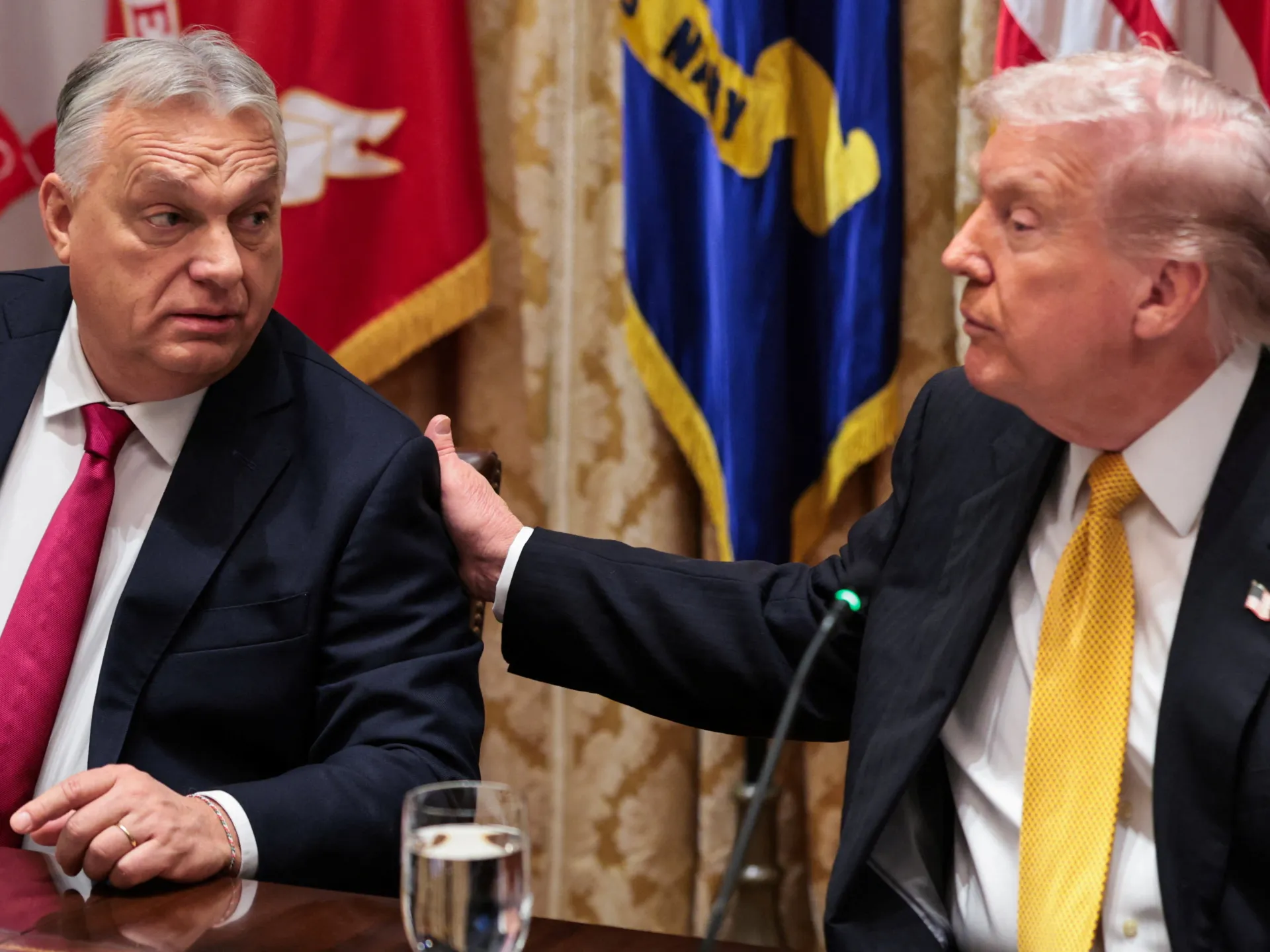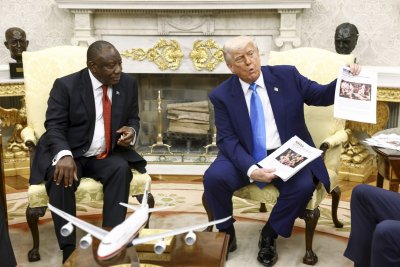Nov. 8 (UPI) — The federal government will extend its record-long close to 40 days after the Senate adjourned with no vote held on a possible budget deal on Saturday.
A small number of centrist Democratic Party senators have been negotiating with Republicans behind closed doors to try to craft a funding measure that would reopen the federal government, CNN reported.
They are making progress but said there disagreement remains over Democrats’ demand to extend Affordable Care Act credits that are scheduled to expire at the end of the year.
Senate Republicans are meeting at 12:30 p.m. EST on Sunday before resuming session.
Senate Majority Leader John Thune, R-S.D., earlier said the Senate will work through the weekend to try to end the budget impasse and reopen the federal government, which shut down when the 2026 fiscal year started without a budget in place in Oct. 1.
Thune also said the Senate will continue to meet until a budget deal is approved.
The Senate was scheduled to be in recess around Veterans Day, which is Tuesday.
Instead, it convened after noon in a rare Saturday session, which was the fourth this year.
The last Sunday session was on Feb. 11, 2024, for a vote on emergency national security appropriations.
With the government closed for more than a month, around 900,000 workers are furloughed and another 700,000 are working without pay — a number that includes air traffic controllers, which has resulted in staffing issues and forced flight cancellations.
Food assistance through the Supplemental Nutrition Assistance Program was paused for this month, although the Supreme Court is set to decide a case on whether the Trump administration is legally required to fund the program.
The issue holding up an end to the shutdown is an extension of subsidies available for some Americans who purchase health insurance through an Affordable Care Act exchange. The ACA is also referred to as Obamacare.
Republicans want a clean funding bill with health insurance to be considered later, while Democrats want the government’s subsidies to be extended into next year as part of a funding bill.
A record 24.3 million have purchased insurance through one of the exchanges, with nine out of 10 receiving some sort of financial assistance.
Open enrollment began on Nov. 1 for most policyholders, one month after the shutdown began.
Rates will rise 26% on average next year, according to a KFF analysis — not including the end of the subsidies. In all, costs will more than double, according to a separate KFF analysis of data from the Centers for Medicare and Medicaid Services.
Thune, of South Dakota, said both sides negotiated overnight on a possible short-term spending bill, while bipartisan negotiations also have been ongoing but not fruitful.
“I’m frustrated like everybody is,” GOP Sen. Roger Marshall of Kansas told reporters on Saturday. “Every American is frustrated. Nobody wins in a shutdown, especially one that is this long.
Asked whether there could be a deal, he responded, “None. None at all. I’m almost speechless. What has not been said?”
Thune said a 15th vote on advancing the House-passed continuing resolution is not currently scheduled, but could come up later in the day.
In past votes, a few Democrats have approved the bill but 60 votes are needed. The Republicans have a 53-47 edge in the chamber.
“There’s still only one path out — it’s a clean funding extension,” Thune said on the Senate floor Saturday.
Senators have been told they will be given 24 hours to read the text of an agreement, a GOP aide told CNN.
Sen. Markwayne Mullin of Oklahoma told reporters that consensus has emerged in the Republican conference around a Jan. 30 funding end date.
GOP senators have pushed for the funding with the goal of including longer-term appropriations bills and extending the deadline for funding, in exchange for a future vote on healthcare.
“The question is whether we can have everything ready to go,” Thune told reporters. “We’re getting close to having it ready. Ideally, it’d be great to set it up so we could vote today, but we have to … have the votes to actually pass it.”
On Friday, Republicans shot down a Democratic push toward a deal featuring a one-year tax credit extension on health insurance. Thune said the tax extension would be considered after the shutdown ends.
“That’s what we’re going to negotiate once the government opens up,” Thune said Friday.
Minor Leader Chuck Schumer of New York criticized Republicans for rejecting the idea.
“Yesterday, we offered Republicans a perfectly reasonable compromise to get out of this horrible shutdown that they installed on the American people,” Schumer said on the House floor. “We offered three things: we all vote to reopen the government, we all approve a one-time temporary extension of current ACA premium tax credits, and then after we reopen we negotiate.”
“I know many Republicans stormed out the gate to dismiss this offer, but that’s a terrible mistake,” he added.
Schumer said it doesn’t need to be negotiated because the idea “is not a new policy, this is not negotiating a shutdown.”
Thune has been adamant that he can’t guarantee Democrats a tax extension process.
President Donald Trump, who is at his estate in South Florida, has been pressing to end the filibuster rule and instead have bills pass by a majority of the 100 senators. Most Republicans are opposed to this “nuclear” option, fearing Democrats will do that when they are in power.
“Democrats are cracking like dogs on the Shutdown because they are deathly afraid that I am making progress with the Republicans on TERMINATING THE FILIBUSTER!,” Trump posted on Truth Social on Saturday afternoon. “Whether we make a Deal or not, THE REPUBLICANS MUST ‘BLOW UP’ THE FILIBUSTER, AND APPROVE HUNDREDS OF LONG SOUGHT, BUT NEVER GOTTEN, POLICY WINS LIKE, AS JUST A SMALL EXAMPLE, VOTER ID (IDENTIFICATION). Only a LOSER would not agree to doing this!”
End Obamacare?
Trump also told Republicans to end Obamacare, something he has attempted to do since he first became president in 2017.
He called it the “worst Healthcare anywhere in the World.”
On Saturday morning in a post on Truth Social, he said money used for the program should be sent directly to the public instead of “money sucking Insurance Companies in order to save the bad Healthcare provided by ObamaCare.
“In other words, take it from the BIG, BAD Insurance Companies, give it to the people.”
Medicare, mainly for seniors, has Part A and B that don’t go through insurance companies and are run by the U.S. government’s Centers for Medicare & Medicaid Services.
Sen. Lindsey Graham of South Carolina, an ally of Trump, touted the proposal.
“We’re not going to extend this program for a year because that would be unfair to the taxpayer,” Graham said on the Senate floor. “That would continue a healthcare system that’s out of control. It would enrich health insurance companies even more. We’re not going to do that. We’re going to replace this broken system with something that is actually better for the consumer to meet the goal of lowering health care costs.”
Graham said he spoke with Trump on Saturday morning and that the president told him he would “like to sit down and see if we can come up with a better solution. I know we can, but we’re not going to do it while the government’s shut down.”
Graham also urged Democrats to “end this madness.”
“To my Democratic colleagues, let’s open up the government and act like adults and see if we can get this problem in a better spot. We’ll never do it with the government shut down,” he said.
President Donald Trump greets the Prime Minister of Hungary Viktor Orban outside the West Wing of the White House on Friday. Photo by Aaron Schwartz/UPI |
License Photo
 PA Media
PA Media PA Media
PA Media












